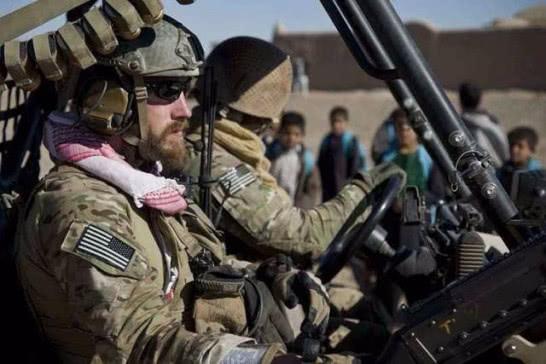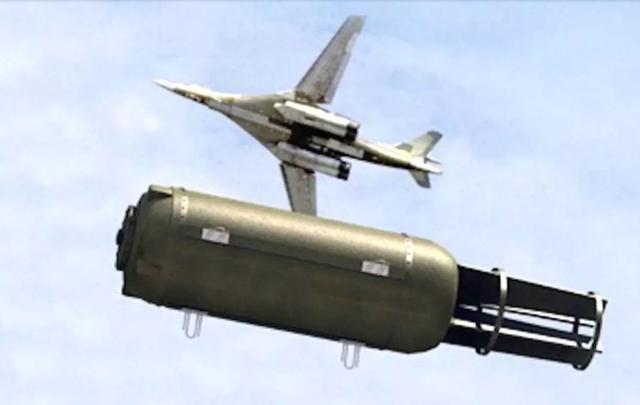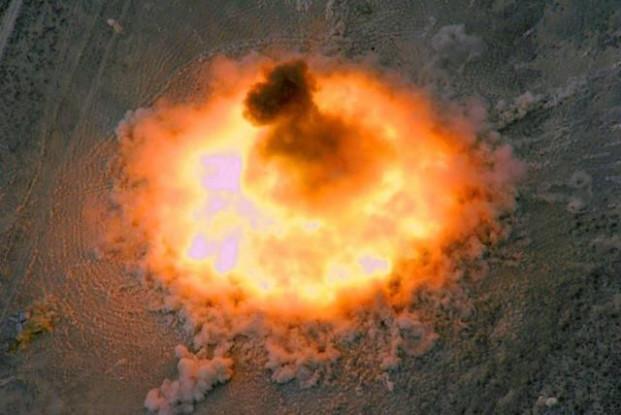This is what it was about! An Eye for an eye! Tit for tat! Bravo Putin! BBQ Dotard's dogs!
https://www.cnbc.com/2018/02/13/dozens-of-russian-mercenaries-killed-in-us-airstrike-in-syria.html
Pentagon defends airstrike that reportedly killed 'dozens' of Russian mercenaries in Syria
- A senior U.S. military official Tuesday defended an airstrike on pro-Syrian government forces last week that reportedly killed "dozens" of Russians.
- "This was self defense," Air Force Lt. Gen. Jeffrey Harrigian, commander of U.S. Air Forces Central Command told reporters at a briefing.
- The airstrike followed an attack by pro-Syrian government forces on U.S.-backed Syrian Democratic Forces, who are fighting ISIS.
- An undisclosed number of U.S. coalition advisors were on the ground with SDF fighters during the clash but they apparently didn't suffer casualties.
Jeff Daniels |
@jeffdanielsca
Published 4:15 PM ET Tue, 13 Feb 2018 Updated 6:53 PM ET Tue, 13 Feb 2018 CNBC.com

Stringer | AFP | Getty Images
Syrian pro-government members hold a position as they stand on the back of an armoured vehicle in the eastern city of Deir Ezzor, on October 31, 2017, during an operation against Islamic State (IS) group jihadists.
The Pentagon on Tuesday defended an airstrike on pro-
Syrian government forces last week that reportedly killed "dozens" of Russian mercenaries.
Reports have suggested more than 100 fighters supporting the regime led by Syrian President
Bashar Assad were killed Feb. 7 in Syria's Deir al-Zor province when they attacked U.S.-backed Syrian Democratic Forces, who are fighting ISIS.
"This was self defense," Air Force Lt. Gen. Jeffrey Harrigian, commander of U.S. Air Forces Central Command, said at a news briefing Tuesday. "This is a hostile force launching an unprovoked, coordinated attack ... against an established SDF position."
There were an undisclosed number of U.S. coalition advisors on the ground with SDF fighters during the clash but they apparently didn't suffer casualties. Coalition forces called in airstrikes to halt an attack from pro-Assad forces.
Secretive contract soldiers
Some of those Russians killed were said to be mercenaries for the secretive Russian private military group Wagner, which has provided thousands of contract soldiers to help the Assad regime.
Reuters reported the names of at least two Russian men fighting informally with pro-Assad forces who were killed in the incident in Deir al-Zor province, citing interviews with their associates. It said their associates also
confirmed that "dozens" of other Russian fighters lost their lives in the same fighting on Feb. 7.
However, Harrigian refused to speculate on the composition of the hostile force or whose control they were under but confirmed they supported the Assad government. He also wouldn't even confirm whether Russian nationals were among the dead in the attack.
"We are focused on a singular enemy – ISIS," said the Air Force general. "We are not looking for a fight with anyone else. But as [Defense] Secretary
Mattis said last week, 'if you threaten us, it will be your longest and worst day.'"
According to Harrigian, the pro-Assad forces initiated the attack by firing artillery and tanks rounds at SDF positions. He said the battalion-sized group of fighters attempted to advance on the SDF "under cover of supporting fires from artillery, tanks, and multiple launch rocket systems and mortars."
Harrigian said the U.S.-backed coalition contacted the Russians through the "deconfliction" telephone line to make them aware of the unprovoked attack. After these calls, he said the coalition officials gave the approval to conduct "strikes to destroy hostile forces."
The U.S. counterattack involved the use of F-15 fighter jets, B-52 bombers, AC-130 gunships and Apache combat helicopters as well as MQ-9 Reaper drones.
Harrigian said the attack by the pro-Assad forces was not a surprise since the U.S. and its partners had observed them engaged in a slow buildup the week before the attack.
'Deconfliction' hotline
At the same time, the American military official said the U.S. had reminded the Russians on the deconfliction hotline about the SDF and the coalition's presence in the area. "This was well in advance of the enemy forces attack," he said.
Harrigian added that the deconfliction line with the Russians has been used on a daily basis in the region where the attack took place and he described conversations over the hotline as "professional."
The pro-government forces were
"likely seeking to seize oil fields in Khusham" east of the Euphrates in Deir al-Zor province, Reuters reported, citing a U.S. official who spoke on condition of anonymity.
Meantime, the Kremlin said Tuesday that it had no information about Russian mercenaries reportedly being killed in Syria. Moscow has never openly acknowledged that private military contractors have operated in Syria alongside its Russian armed forces.
Russian law officially bans mercenary service. Yet it's been widely reported that Wagner and other shadowy private military groups operating out of Russia have sent soldiers to fight abroad in several conflicts.
— Reuters contributed to this story.
Watch: North Korea and Syria are growing closer: That's bad news for the US

North Korea and Syria are growing closer: That's bad news for the US 9:05 AM ET Mon, 27 Nov 2017 | 00:57












